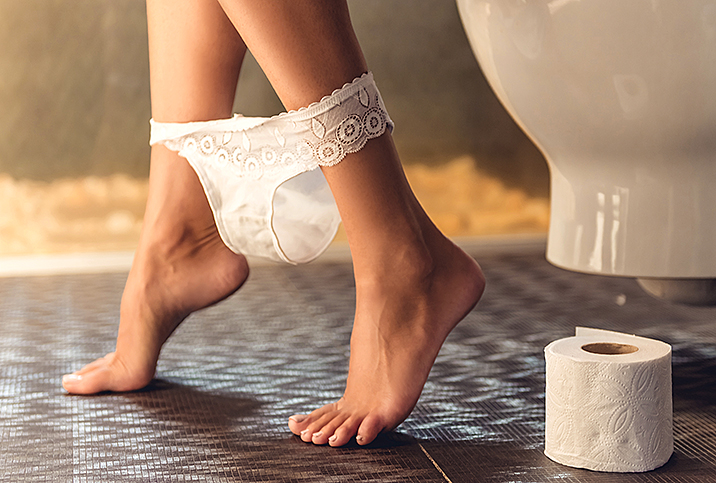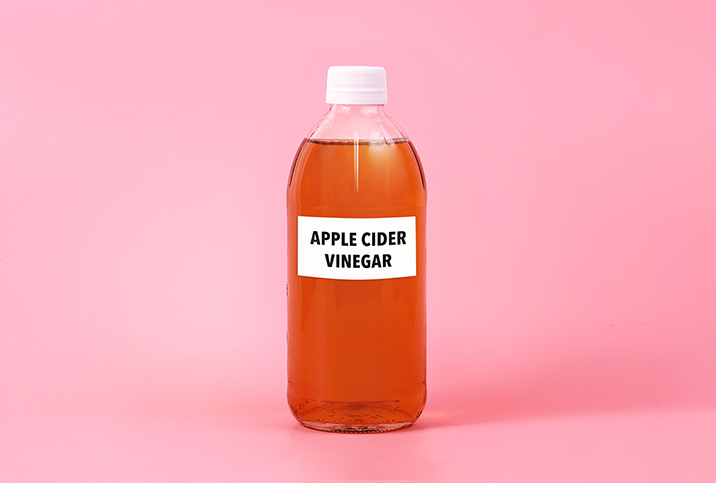Can My Birth Control Cause a Yeast Infection?

A vaginal yeast infection, or vaginal candidiasis, is caused by the overgrowth of yeast, with Candida albicans being the most common one causing these infections. Yeast is a type of fungus naturally existing in your body, kept in balance by healthy bacteria, such as lactobacillus. When this balance is disrupted, an infection can occur. This imbalance can be caused by several factors, including birth control.
Symptoms of yeast infections
Vaginal yeast infections are common, affecting up to 75 percent of women at some point in their life. Yeast multiplies in the presence of moisture, which is why yeast infections are found in mucus membranes, including in mouths and genitals. Yeast infections are not considered sexually transmitted infections, and they can affect individuals who are not sexually active.
A vaginal yeast infection is a type of vaginitis, a condition causing vaginal swelling, pain and discharge. Symptoms of a vaginal yeast infection include:
- Burning or stinging of the vulvar area worsened by contact with urine
- Redness and persistent itchiness of the vulvar area worsening at night
- Thick, white vaginal discharge, with a cottage cheese-like consistency
- Pain or discomfort with sex
- In severe cases, painful cracks or tears in the vulvar skin
Bacterial vaginosis (BV) and trichomoniasis (an STI) are other types of vaginitis. They share symptoms with yeast infections, so it is important to be tested by a healthcare professional to determine the exact infection you are dealing with.
Why does birth control cause yeast infections?
To prevent you from getting pregnant, hormonal contraceptives alter your naturally occurring hormones. This is a powerful disruption to your body’s chemistry and can cause several significant side effects, among them, an imbalance of bacteria and yeast, which causes infections.
If you take hormonal contraceptives high in estrogen and/or progesterone, you could be prone to experiencing vaginal yeast infections. Lower-dose hormonal contraceptives pose less risk for developing infections. If you suspect your birth control is the cause of your yeast infection, do not stop using it without consulting your healthcare provider first.
Beyond the pill
While the pill is most readily associated with the term “birth control,” any other type of hormonal contraceptives, including emergency contraceptives, as well as the patch, ring and shot, can disrupt your body chemistry and put you at higher risk for developing yeast infections.
Studies have linked IUDs to higher frequencies of yeast infections. Diaphragms and cervical caps can also increase the frequency of yeast infections. Other types of birth control, such as vaginal sponges and spermicides, including lubricants found on condoms, can too lead to infection. Essentially, any foreign matter entering your body can imbalance your natural chemistry and potentially cause irritation or worse, an infection.
Treatment for yeast infections
Mild yeast infections often clear up on their own within a few days, and over-the-counter antifungal ointments, creams and suppositories can clear up lingering infections within a week or less. (It should be noted some products can decrease the effectiveness of condoms because the oils break down latex.) If symptoms do not clear with OTC treatment, then a doctor's visit may be needed.
If you experience frequent yeast infections (four or more in a year), then you are strongly encouraged to consult a medical professional. Chronic yeast infections can be a sign of a more serious condition or autoimmune diseases, such as diabetes or HIV/AIDS.
Yeast infection prevention
Lifestyle choices can affect your odds of getting yeast infections. Here are some preventative measures you can take to lower your chances of developing a yeast infection:
- Wear natural fabrics, such as cotton, linen and bamboo, especially for underwear, and swap snug bottoms for loose-fit cuts and airy wovens.
- Change out of sweaty workout clothes and wet swimwear as soon as possible—damp synthetic materials (nylon, polyester, elastic, etc.) are breeding grounds for yeast.
- Use mild unscented body cleansers and laundry detergents.
- Change pads, tampons or menstrual cups often and avoid scented options and daily use of pantyliners.
- Limit sugar intake.
Can your birth control cause a yeast infection? The simple answer is yes, it is possible. However, there are other potential reasons for yeast infections, including lifestyle practices and underlying illnesses.
If you are experiencing symptoms of a yeast infection or are prone to getting them, then you need to meet with a medical professional to help determine the root cause. If your birth control is believed to be the reason for your yeast infection, then they can help you decide on an alternative contraceptive plan that works better for you.

















